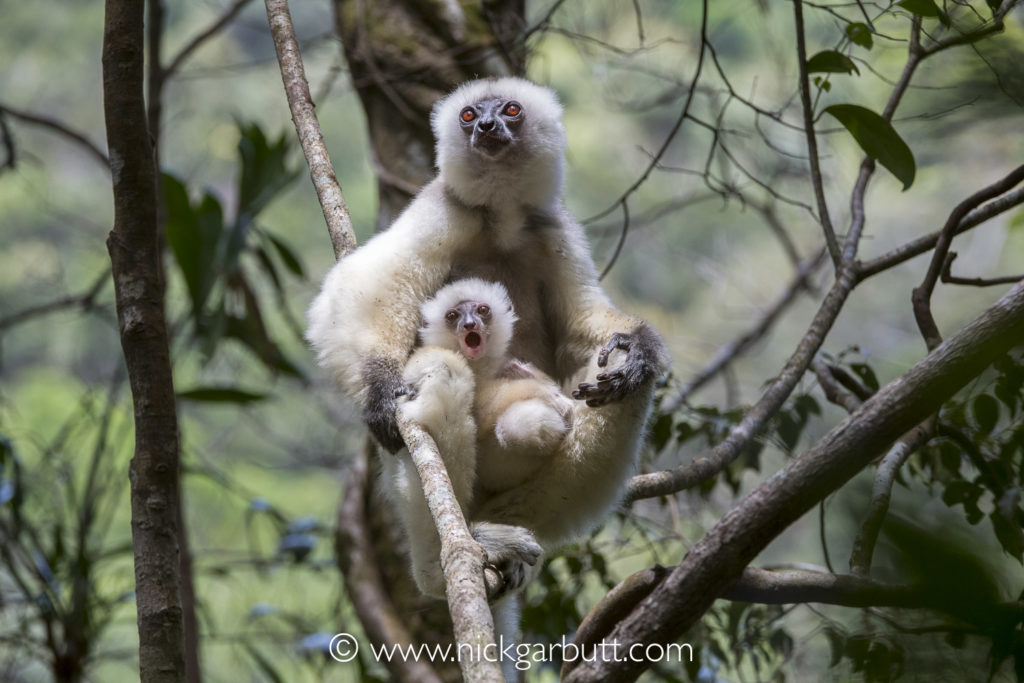Story Behind the Picture: Pure Silk
Nikon D5, Nikon 200-400mm @290mm, f6.3, 1/320 second
I first visited Marojejy National Park in Madagascar in 1998. The national park had only just been created and I had a single primary aim - to photograph the silky sifaka.
On numerous previous visits to the island I had seen all the other varieties of sifakas (Propithecus species), but 'silkies' had eluded me. Their range is tiny, centered on remote forests in the north east of the island and they are one of the rarest and most endangered primates on the planet. Marojejy is only place there is a realistic chance to see the species and prior to the parks’ creation, visiting the area was not possible.
I was successful at that first attempt0, but would be the first to admit the photos were rubbish. I only managed to get two brief glimpses of the animals in the dense, dark forest and it was back in the days of film of course, so you can imagine how poor the pictures were.

One of the rarest primates on the planet: a female silky sifaka and infant in the rainforests of Marojejy.
Since, then I’ve been lucky enough to re-visit Marojejy numerous times (it remains one of my favourite places in Madagascar) and over time the sifakas have been intensively studied and become much more tolerant and habituated. Nonetheless getting decent photos still isn’t easy. The sifakas have large home ranges on very steep, slippery slopes, so tracking them down is time consuming and physically demanding. And finding them is only the first part of the challenge. It’s often even more difficult to then work into a position with a clear view of a sifaka and in decent light. To further complicate the demands, I always try to be up slope of the animals, so while they may be sat on branches several meters above the ground, I still have the chance to view them from something approaching eye-level.
Having initially located where they were, I then tracked the sifaka group that included this female and infant for over two hours before I finally managed to get into the right position. They sat, completely unfazed right in front on me, and I scrambled and fumbled to get my gear set up - a tripod was absolutely necessary as the light levels were so low. After taking a few frantic ’insurance’ shots, I settled and was able to consider things more - getting the exposure right was challenging - a white animal in the gloom beneath the canopy of a rainforest. Then with perfect timing a sliver of soft sunlight light pierced the canopy picking out the sifakas and at the same time the two-month old baby turned towards me and yawned. It was a magical moment.
